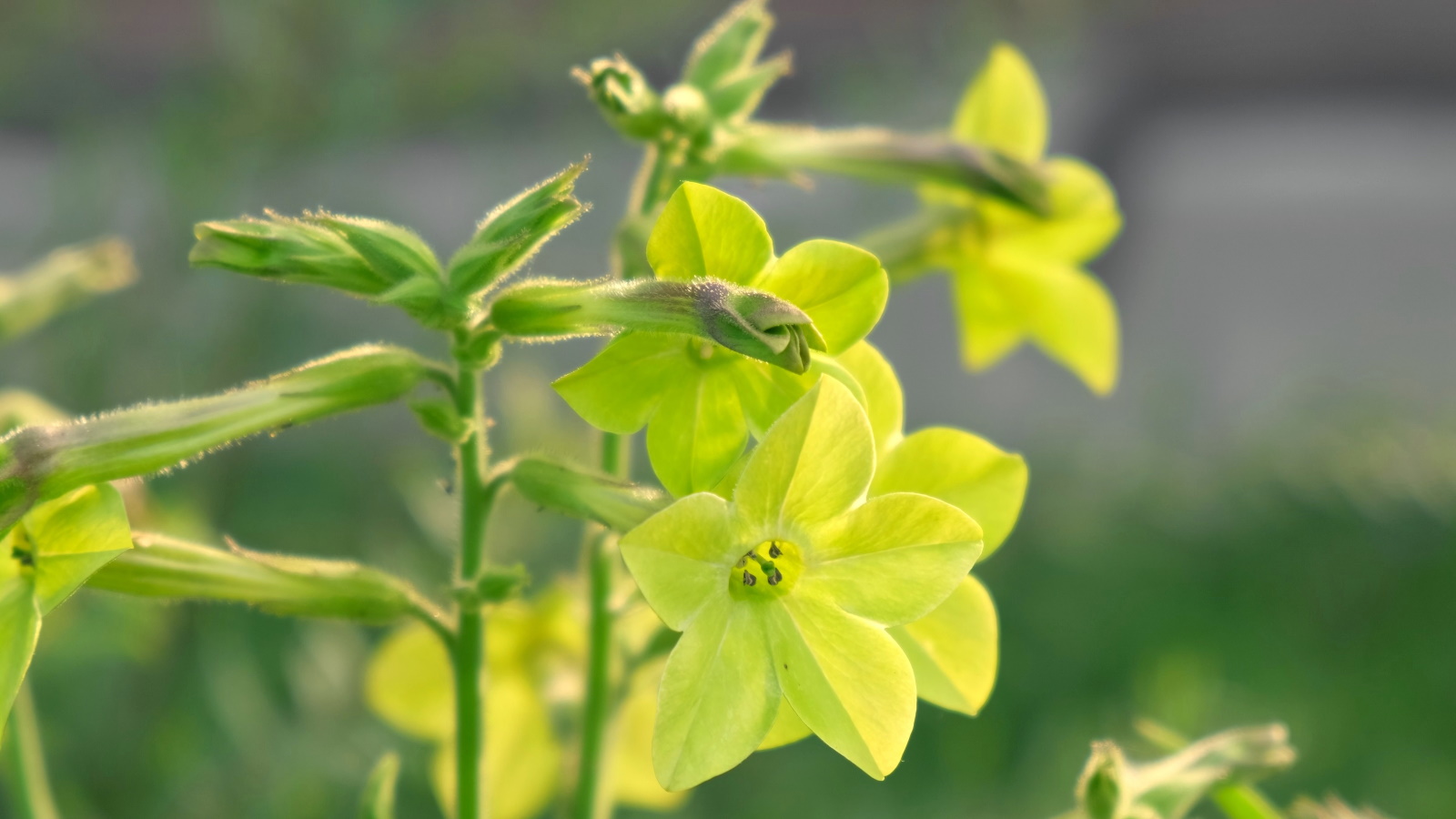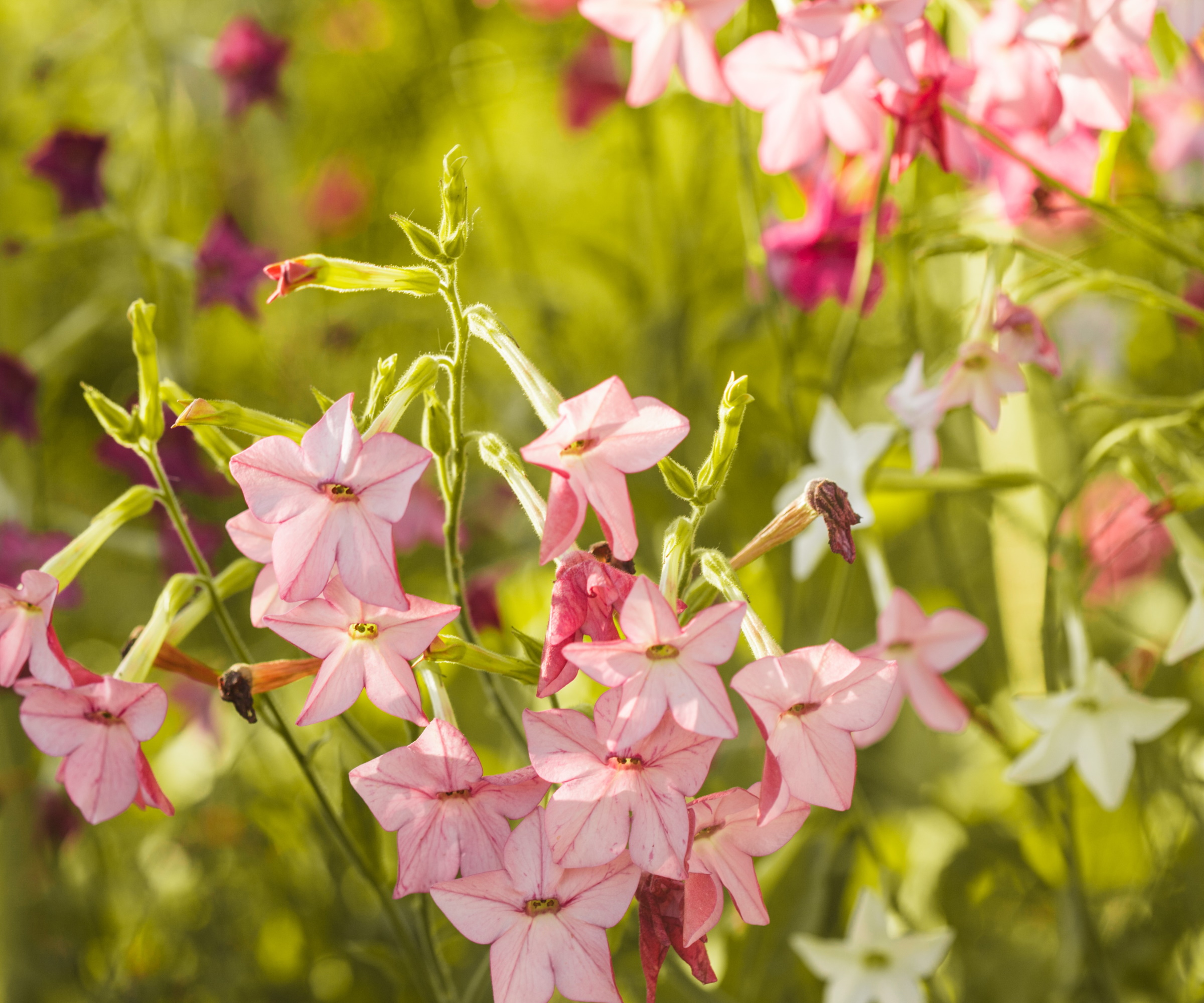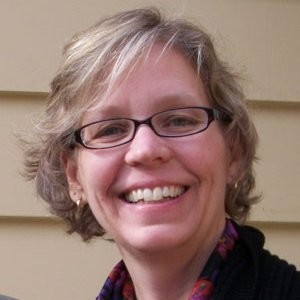How to grow nicotiana – 3 expert tips for showstopping flowering tobacco plants
Professional gardeners share top growing tips for the popular flowering tobacco plant


Nicotiana, commonly known as flowering tobacco, is valued as an ornamental and long-lasting plant for the summer border. Native to Central and South America, the leaves of various nicotiana species have been used in the production of tobacco products for thousands of years.
As a gardener, I have grown many different species and varieties of nicotiana, not as a micro tobacco producer, I hasten to add, but because these cottage garden plants are summer stars in garden borders. Typically flowering from June right through until October, nicotiana plants are tough and reliable, helping to maintain interest as summer comes to its scorching crescendo.
In a previous gardening job, I grew woodland tobacco, Nicotiana sylvestris, with its prolific white trumpet-like blooms that are considered some of the best fragrant flowers. For any moonlight gardeners out there, this species is known to attract moths at night. My favorite variety, however, would have to be Nicotiana 'Lime Green', seen in the image above. With a profusion of lemon-lime blooms that look just as good in a vase as they do in the yard, I challenge anyone not to adore this plant. Here, I share everything I know about how to grow nicotiana with 3 top tips from plant experts.

How to grow and care for nicotiana
Nicotiana has a preference for full sun and high humidity, thriving in tropical climates from where it originates, notably in Brazil, Colombia and Argentina. If you reside in US hardiness zone 10 or above, you can grow nicotiana species as perennials. However, for gardeners in cooler zones, the flowering tobacco plant is usually grown as an annual, blooming all summer until the first frost.
1. Deadheading nicotiana will extend flowering

'Flowering tobacco plants are celebrated for their long-lasting blooms,' says Gail Pabst, gardening expert and Marketing Director for the National Garden Bureau. 'Blooming from June right up until the first frost, these late summer flowers are sure to impress.'
As with other perennials and annuals, removing faded flowers - or deadheading - can help to extend the floral show. Whether you have planted nicotiana in borders or containers, deadheading is a surefire way to increase the number of blooms that each plant produces.
'If you are looking to maximize flowers, deadheading flowers is crucial,' Gail adds. 'This means removing each stem after the blooms have faded.' I would suggest using your hands to carefully remove faded or browning flowers, as can be seen in the image above. Once entire flower stems have finished blooming, use pruning snips to cut down to a leaf node.
Design expertise in your inbox – from inspiring decorating ideas and beautiful celebrity homes to practical gardening advice and shopping round-ups.
Deadheading every 2 to 3 days is a good idea during spring and summer, and spending a short amount of time in the evening is a calming activity that will help your plants maintain flower production.
One common deadheading mistake to avoid is using the wrong tools. You do not need to use large or heavy shears for deadheading, small pruning snips, available from Walmart, will do the job just fine.

Gail is a passionate horticulturist with over 25 years' experience in the industry. She is an avid home gardener too and loves to try out the newest varieties and techniques. Gail is the Marketing Director for the National Garden Bureau and her work has helped her to continue their mission of inspiring, teaching and growing in gardening with others.
2. Fertilizing nicotiana can give plants a boost

Managing soil health is a crucial part of gardening, and ensuring that your plants have what they need to thrive is important. While some plants can grow well without fertilizer, nicotiana species can benefit from feeding during the summer months, so be sure to add this annual to your list of plants to fertilize in July.
'If you are looking for plants for pollinators, nicotiana are excellent annuals to grow,' Gail says. 'Flowering tobacco plants are known to attract hummingbirds, butterflies and moths, so you want to make sure these plants have all the nutrients they need to bloom.'
'If the soil is of poor quality, you can fertilize nicotiana,' Gail continues. 'These flowers prefer a nutrient-rich soil, so feeding your plants can improve plant health and flowering.'
If you are growing nicotiana in containers, be sure to use good quality organic potting soil, available from Amazon. This will help to give your plants all the essential nutrients they need.
3. Keep nicotiana away from other nightshade plants

'Nicotiana is part of the nightshade family, Solanaceae, meaning that they are related to eggplants, tomatoes, potatoes and pepper plants,' says Gail.
'While tobacco plants are relatively pest-free, one problem to look out for is the transmission of Tobacco Mosaic Virus,' Gail continues. This virus can do significant damage to any plants in the Solanaceae family, causing discoloration of foliage and leaf drop.
'It is recommended not to plant these nicotiana near or in your vegetable garden,' Gail adds. 'This virus can spread very easily, so avoid planting nightshade family members close to one another.'
Organic pest sprays are available from Amazon.
FAQs
Is nicotiana an annual or a perennial?
Nicotiana plants are typically grown as annuals, blooming through summer until the first frost in fall. In warmer, southern regions, such as US hardiness zone 9 and above, flowering tobacco plants can be grown as short-lived perennials. They typically can grow for 2 or 3 years, so learning how to grow and care for nicotiana is important, and propagating new plants yearly is a good idea.
Nicotiana are striking flowering plants that can bloom for much of the growing season. By following these 3 tips, your plants will thrive and add plenty of color to the yard. For more gardening inspiration see our guide on how to grow catmint, for a fragrant perennial to plant in your beds this year.

Thomas is a Content Editor within the Gardens Team at Homes and Gardens. He has worked as a professional gardener for both public spaces and private estates, specializing in productive gardening, growing food and flowers. Trained in Horticulture at the Garden Museum, he has written on gardening and garden history for various publications, including The English Garden, Gardens Illustrated, Hortus, The London Gardener and Bloom. He has co-authored a Lonely Planet travel book, The Tree Atlas, due out in 2024.

